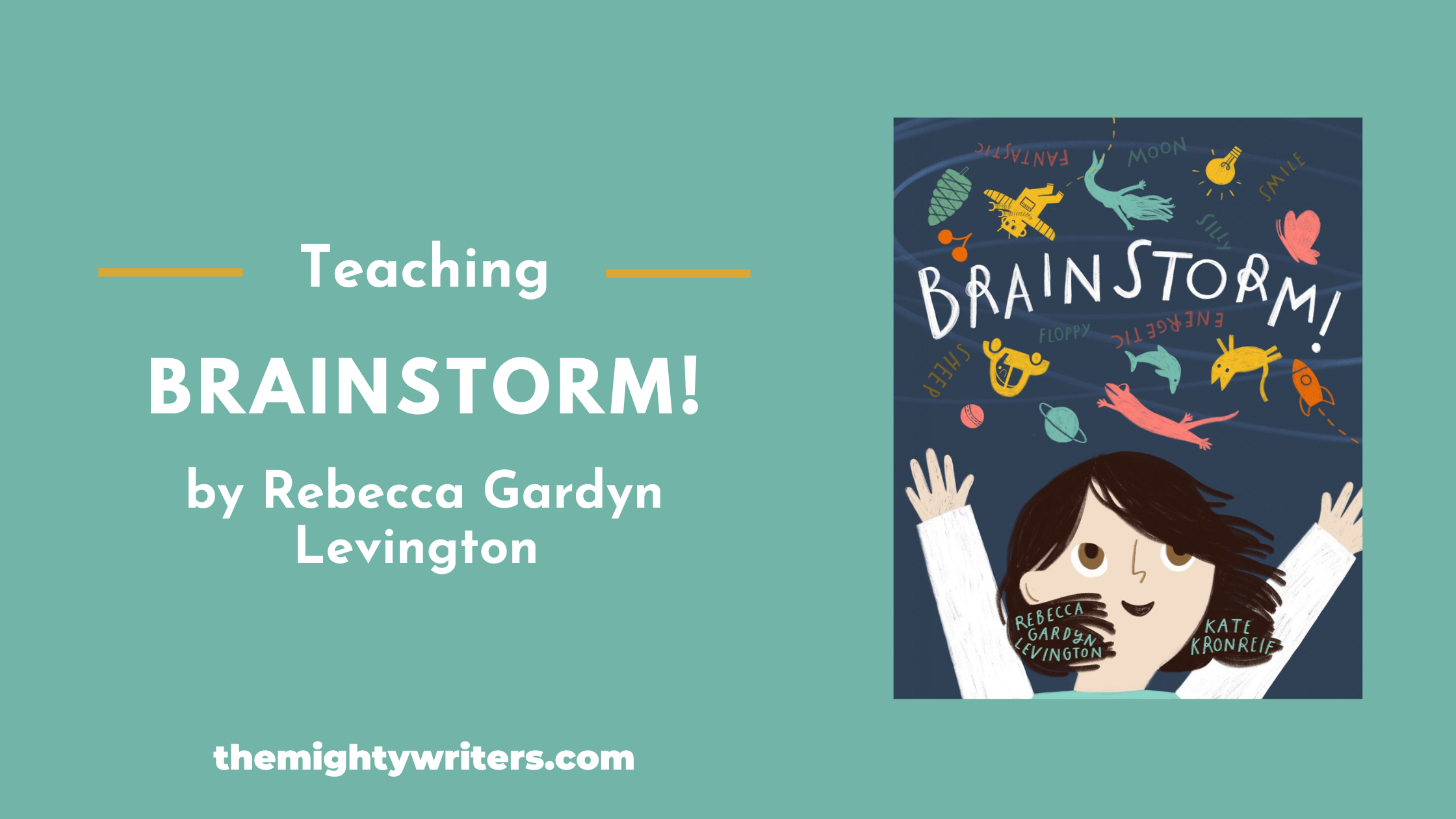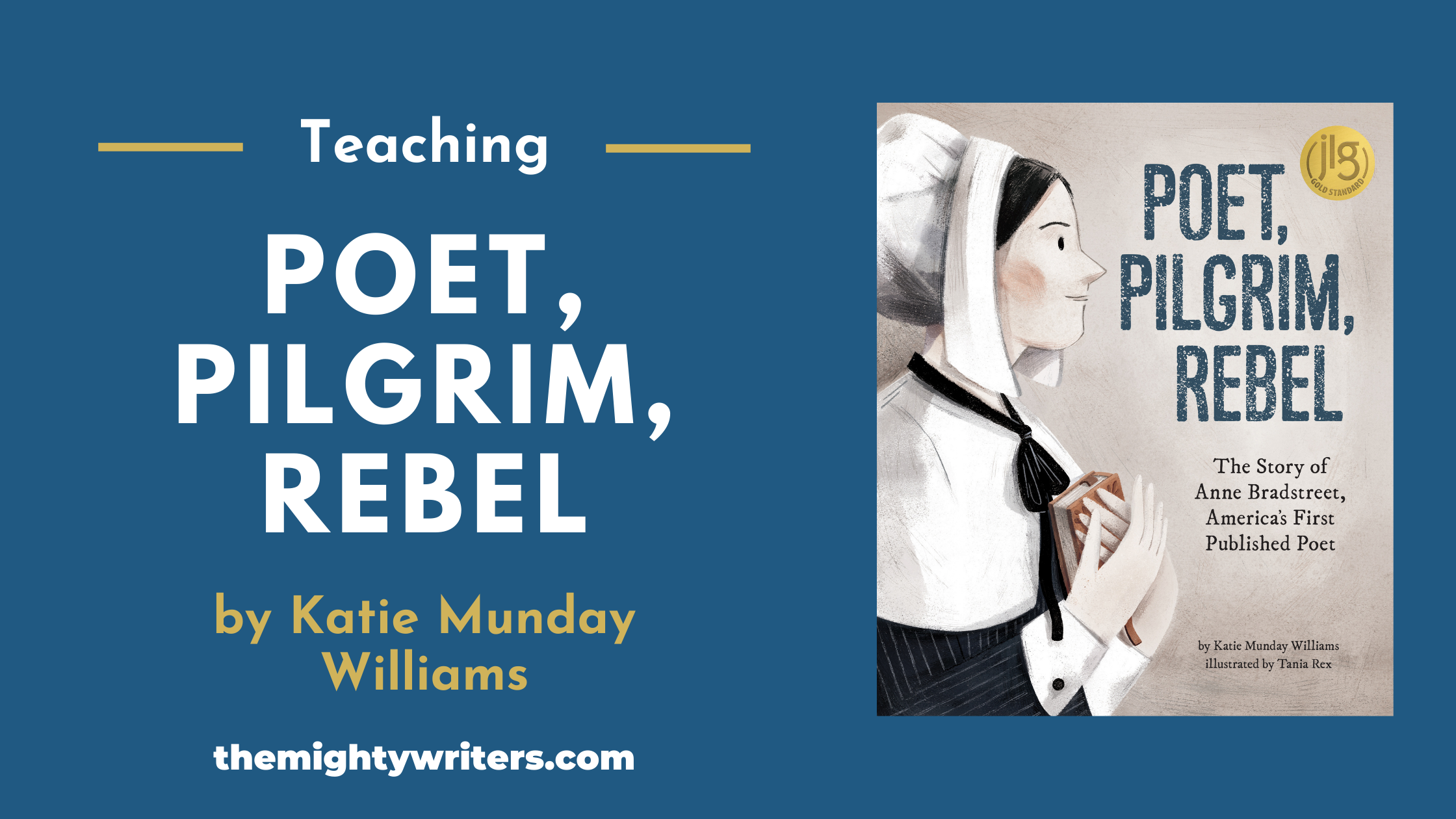A Note to Readers
I’m delighted to welcome Nancy Tupper Ling to the blog to talk about the book she co-edited with June Cotner, For Every Little Thing. This jubilant collection of poetry will be a welcome addition to any home, library or classroom. It’s filled with classic gems like Emily Dickinson’s “I’ll Tell You How the Sun Rose” and Helen Keller’s “I believe God is in me.” But there are new poems here, too. And at least one by a child. (As a writing teacher, I love that!) Helen Cann’s illustrations are a joyful celebration of the kinds of little things that children tend to notice (like kittens and bugs, birds and falling leaves). I can’t wait to use this with young people. Read on to learn how you might incorporate it into your classroom!
Happy reading!
Rochelle
Teaching For Every Little Thing
Tell us about your book.
For Every Little Thing is about finding joy in ordinary moments—marking the small wonders in everyday life. While it is geared for 4-8 year olds, I believe a picture book with “poems and prayers to celebrate the day” is suitable for every reader. After all, who doesn’t love Emily Dickinson’s poem, “I’ll Tell You How the Sun Rose? Or “Hurt No Living Thing” by Christina Rossetti? The wonderful thing about this collection is that the reader will discover new poems by our lesser-known contributors as well. They might even find a new author to love. From the first chapter, “Morning,” through the last one called “Dreams,” this book is a journey with a whole lot of love and kindness and gratitude in between.
What do you hope your young readers will take away from your book?
An Ooo, an Ahh; a pause from the hectic world; a moment of meditation; a sense of wonder, all of which come from reading a poem or two about a child’s world.
How might a teacher or librarian use your book in the classroom?
Typically, I visit schools during the month of April, since it’s “poetry month” and the teachers like to dedicate some time to create poems in the classroom. That said, I LOVE when I hear about students writing poems throughout the year. I think For Every Little Thing contains such a diverse array of poems and poetic forms, it’s a great way to showcase these various styles. Also, it would be a great exercise for classrooms to “search for poems throughout their day,” and to think about how their morning observations might be completely different those at nightfall. Certainly, these poems help with Social Emotional Learning (SEL) as well, fostering an appreciation for our neighbors, classmates, and the world around us
Can you share an exercise or activity that teachers can do with students after they’ve read your book?
Yes! Whether you are seated at your desk inside the classroom or outside on the playground, look around and really notice things. Try to find an object or person that brings you joy. It might be a leaf, a dragonfly, a swing, your lunchbox, your best friend, or the weeping willow tree that’s outside your window. Now take up to 5 minutes to really observe with all of your senses. What do you see, smell, hear, feel, and maybe even taste (if it’s snack time). Next, write a poem using all your senses, and when you’re finished, share your creation with your classmates or your family when you get home.
About the author
 Nancy Tupper Ling is the winner of the prestigious Writer’s Digest Grand Prize and the Pat Parnell Poetry Award. Her picture books have received starred reviews from Kirkus and Publishers Weekly, plus a recent Junior Library Guild Gold Selection. They include The Story I’ll Tell (Lee and Low Books), Double Happiness (Chronicle Books), The Yin-Yang Sisters and the Dragon Frightful (Penguin), and For Every Little Thing (Eerdmans Publishing). Her latest publication deal is with co-author, June Cotner, and Convergent/Penguin for Bless the Earth: A Children’s Book of Prayers and Poems for Honoring the Earth.
Nancy Tupper Ling is the winner of the prestigious Writer’s Digest Grand Prize and the Pat Parnell Poetry Award. Her picture books have received starred reviews from Kirkus and Publishers Weekly, plus a recent Junior Library Guild Gold Selection. They include The Story I’ll Tell (Lee and Low Books), Double Happiness (Chronicle Books), The Yin-Yang Sisters and the Dragon Frightful (Penguin), and For Every Little Thing (Eerdmans Publishing). Her latest publication deal is with co-author, June Cotner, and Convergent/Penguin for Bless the Earth: A Children’s Book of Prayers and Poems for Honoring the Earth.




